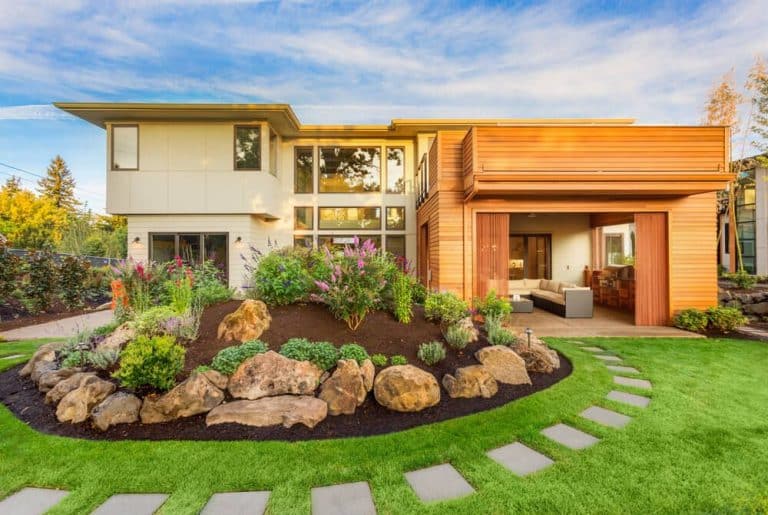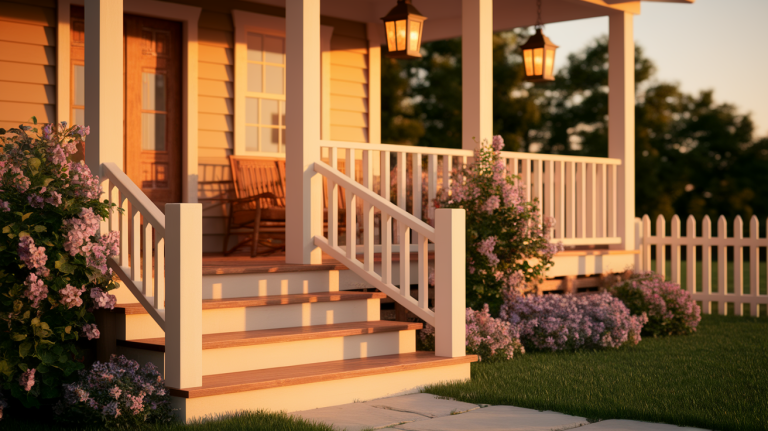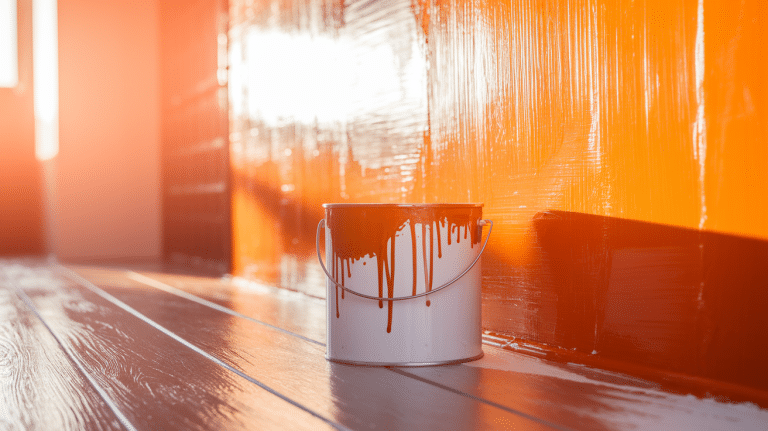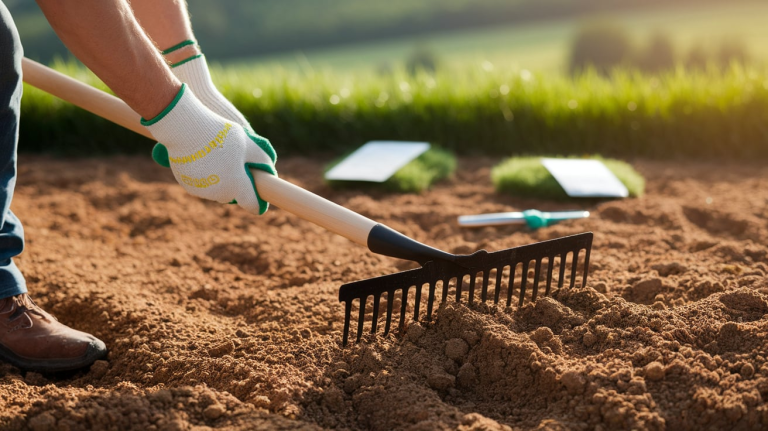Cedar vs Pine: Which Fence Material is Right for You?
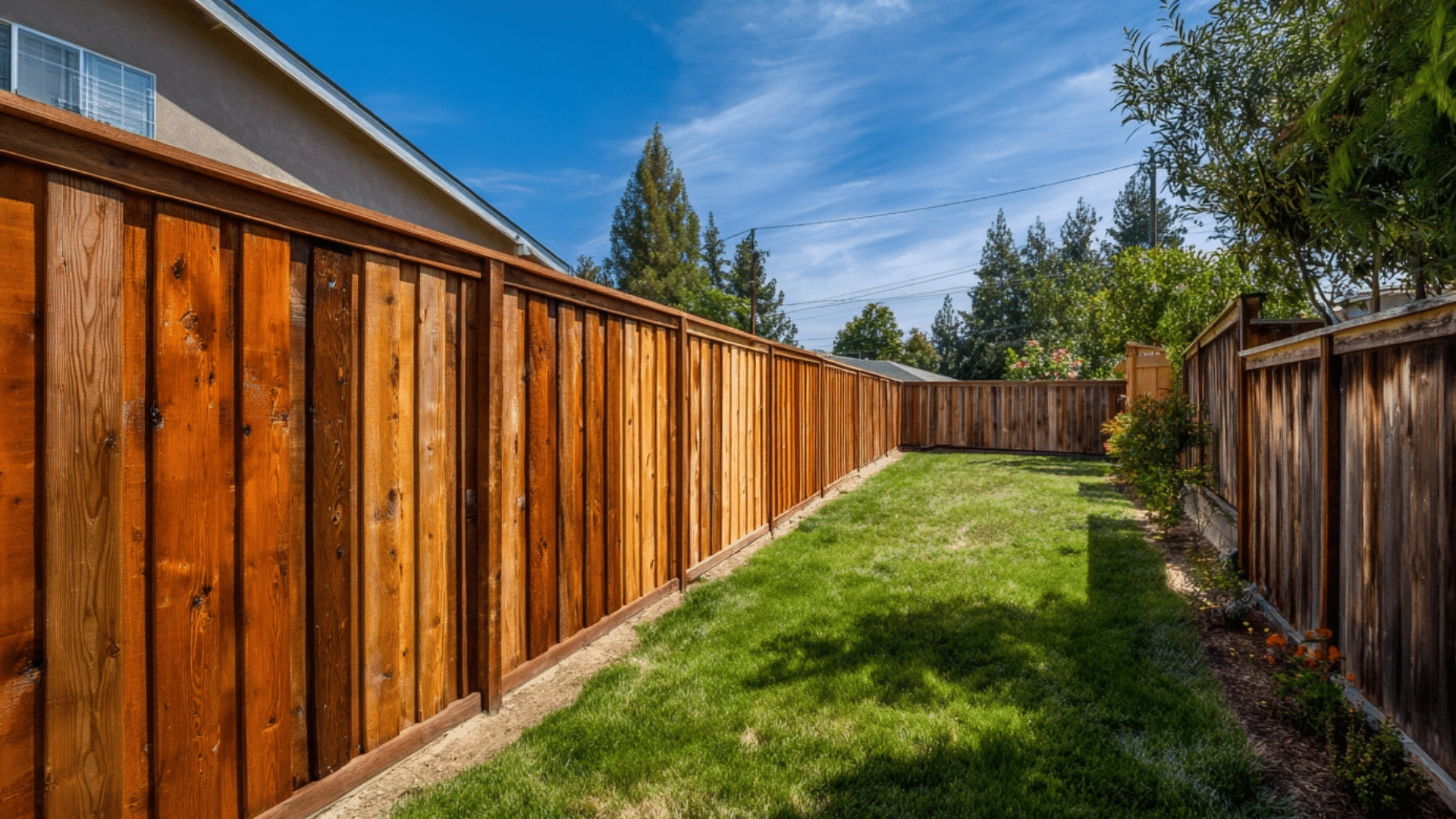
Ever wondered which wood is better for your fence, cedar or pine?
Picking the right fence material feels like a big decision, and honestly, it kind of is.
You’ll be looking at this fence for years, so getting it right the first time can save you both headaches and cash down the road.
Well, cedar and pine are totally different beasts. Cedar costs more upfront, but practically takes care of itself.
Pine is easy on your wallet but needs more babying over time.
So, here we are going to break down everything you need to know so you can pick what works best for your yard and budget.
Cedar vs Pine Fencing: Which Should You Choose?
The cedar vs pine fencing debate splits homeowners right down the middle, with both sides making solid cases.
It’s not just about picking attractive wood and hoping for the best.
This choice comes down to your priorities.
Tight budget? Pine delivers solid functionality without breaking the bank.
Want low-maintenance? Cedar’s worth the higher upfront cost.
Your local climate also plays a significant role. What works in dry conditions might fail in humid environments. Some people love weekend fence maintenance while others prefer install-and-forget solutions.
The real difference isn’t the wood itself, but rather how well each option aligns with your budget, maintenance preferences, and local weather conditions.
Cost Breakdown: Cedar vs Pine Fence Pricing
When it comes to fencing costs, the numbers tell a story that goes beyond just the price tag.
Understanding the real financial impact involves examining both the upfront costs and the ongoing expenses.
| COST FACTOR | PINE FENCING | CEDAR FENCING |
|---|---|---|
| Material Cost per Linear Foot | $8-15 | $15-25 |
| Installation Cost per Linear Foot | $10-20 | $12-22 |
| Total Upfront Cost per Linear Foot | $18-35 | $27-47 |
| Annual Maintenance Cost | $2-4 per linear foot | $0.50-1.50 per linear foot |
| Expected Lifespan | 5-10 years | 15-20 years |
| 10-Year Total Cost per Linear Foot | $38-75 | $32-62 |
| Replacement Frequency | Every 5-10 years | Every 15-20 years |
| Resale Value Impact | Moderate | High |
Note: Pine wins short-term; cedar wins long-term through lower maintenance costs and extended lifespan.
Durability and Lifespan: Which Fence Lasts Longer?
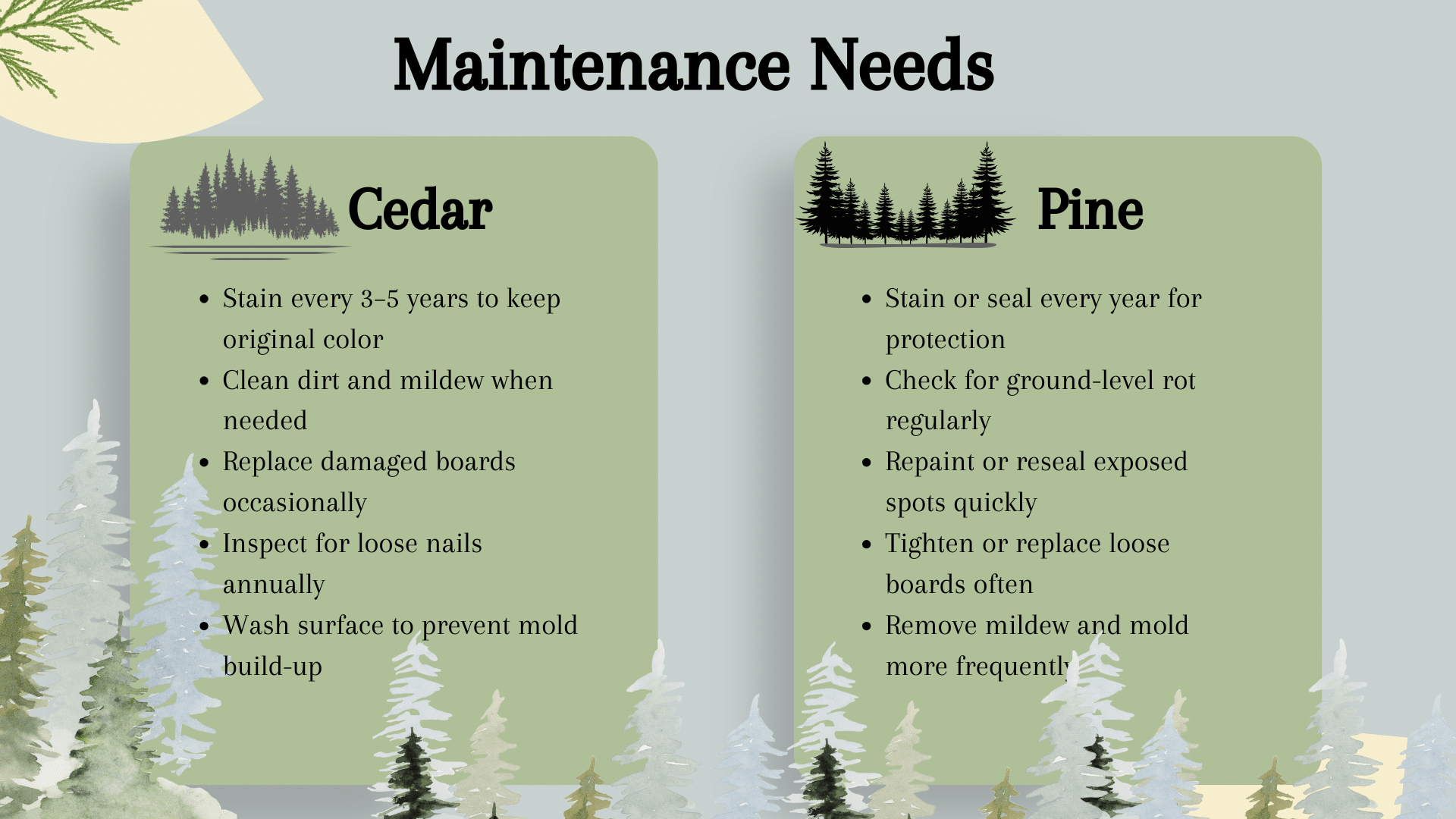
When selecting a fencing material, lifespan is a key consideration. Cedar and pine differ significantly in their durability and maintenance requirements.
How Long does Cedar and Pine Last?
Cedar is naturally resilient. It resists rot, decay, and insect damage without the need for chemical treatment.
With basic maintenance, a cedar fence can last 15 to 30 years. Its natural oils keep it strong even in wet or humid climates, making it a favorite for long-term durability.
Pine is a softer wood that needs pressure treatment to survive outdoors. Even when treated, it typically lasts 10 to 15 years.
In areas with heavy rain or high humidity, untreated spots can warp, crack, or rot more quickly, resulting in increased maintenance and repair costs.
Which One Handles Weather Better?
In dry, mild climates, both woods perform fairly well. However, in regions with high moisture, cedar emerges as the winner.
Its natural oils protect the wood longer, while pine’s treatment breaks down over time, leaving it vulnerable to weather damage and requiring earlier replacement.
Appearance, Feel & Style: Which Looks Better?
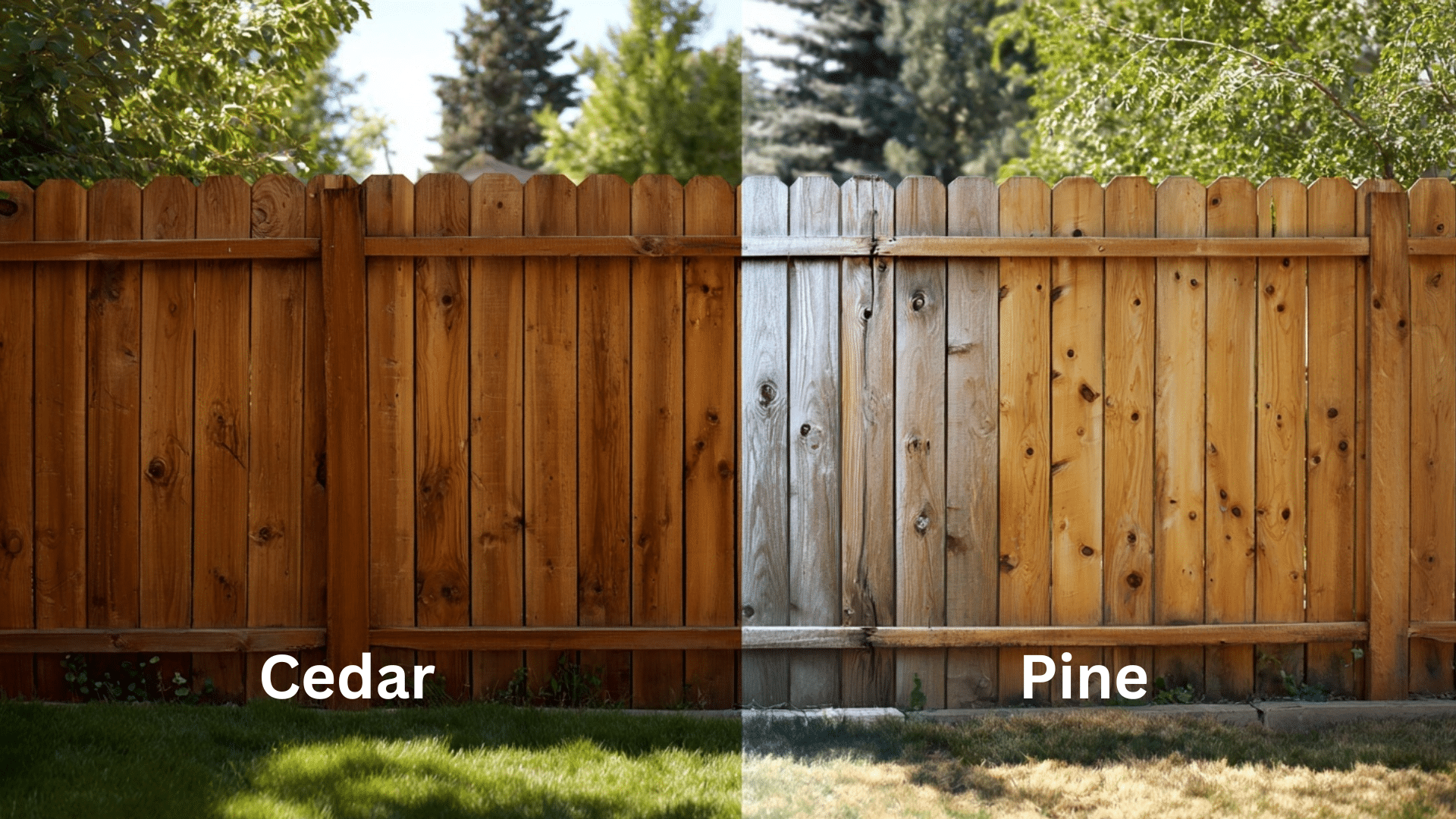
Beauty is subjective, but here’s what you need to know:
- Cedar: Warm reddish hues, tight grain, and fewer knots. Ages gracefully to a silvery gray if untreated.
- Pine: Light yellowish tones with a more rustic look and visible knots. Tends to warp or twist more easily, affecting aesthetics over time.
Pro Tip: Cedar fades evenly for a classic gray look, while pine may blotch. Pick cedar for effortless elegance, pine if you plan to paint or stain.
Best Use Cases: When to Choose Cedar or Pine?
| CEDAR | PINE |
|---|---|
| Ideal for high-end residential projects | Great for budget-conscious builds |
| Performs best in humid, rainy, or snowy areas | Works well in dry or mild climates |
| Perfect for long-term homeowners | Suitable for short-term solutions (rentals, flips) |
| Keeps natural beauty without extra effort | Better when painting or staining the fence |
Eco-Friendly Choice: Cedar is naturally resistant to decay, eliminating the need for harsh chemicals. Pine often needs chemical treatments, so cedar is the greener option.
What’s Right for Your Fence Project?
Here’s a simple breakdown to help you make a choice.
Quick Decision Guide:
- Cost Winner: Pine
- Durability, Looks, Maintenance Winner: Cedar
Choose Cedar if: You want long-lasting beauty, minimal upkeep, and eco-friendly qualities. Worth the higher upfront investment for permanent fencing.
Choose Pine if: You are on a tight budget, planning to paint the fence, or need something temporary.
Pro tip: Always compare local quotes; regional pricing and cedar discounts can completely change which option makes financial sense for your project.
That’s a Wrap
Building a fence is more than choosing wood; it’s about finding the right balance between cost, appearance, and effort over time.
The best choice depends on your priorities; some value aesthetics, while others prioritize affordability or longevity.
Every yard and budget is different, so there’s no universal answer, just the right one for you.
Ready to start your fencing project?
Get quotes from trusted local contractors today and compare your options to make the smartest investment for your home.

